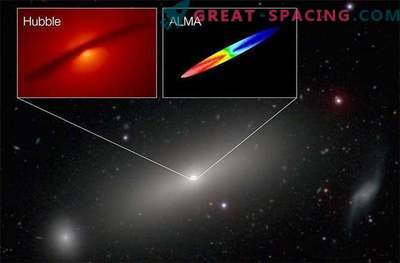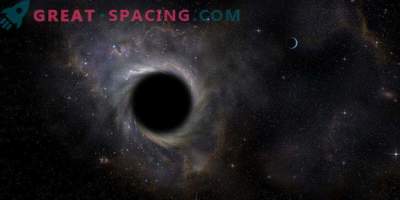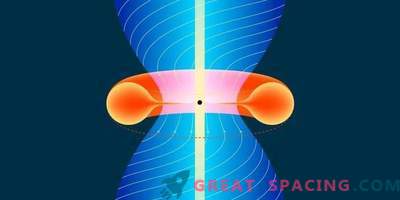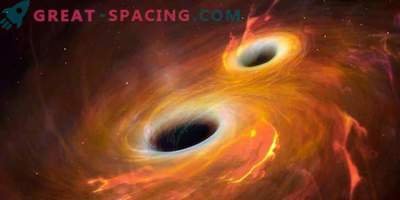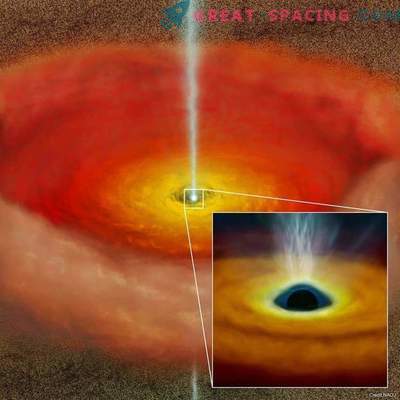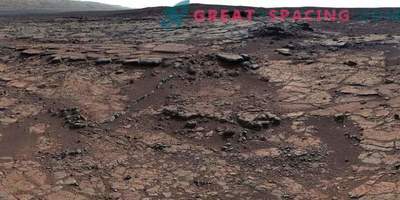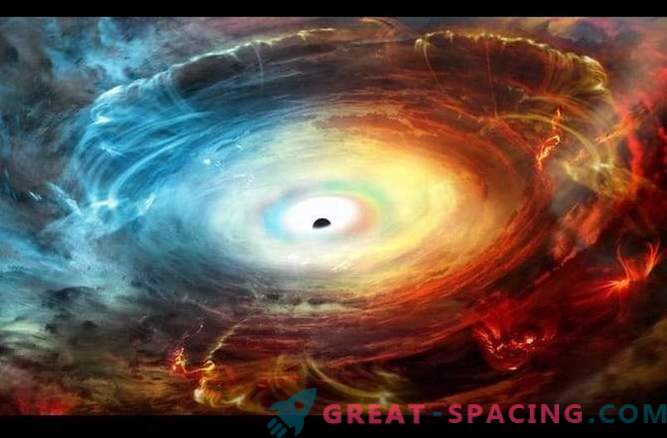
A supermassive black hole, located in the active zone of the galaxy, produces large quantities of hot gas from its accretion disk to create a masking torus.
Many supermassive black holes in galactic centers have a thick ring of material known as a torus (a donut or donut shape with a hole inside). They were considered as objects created from a mixture of materials from the very core of the galaxy, pulled into the gravitational well of a black hole.
However, according to the new research done by the Atakam large millimeter-wave (ALMA) grid in Chile, this traditional model is too simplified.
By studying the environment around a supermassive black hole in the core of the spiral galaxy NGC 1068, located 47 million light years from Earth, ALMA was able to track that instead of falling inward, a cloud of material splashed out of the black hole, creating its own torus.
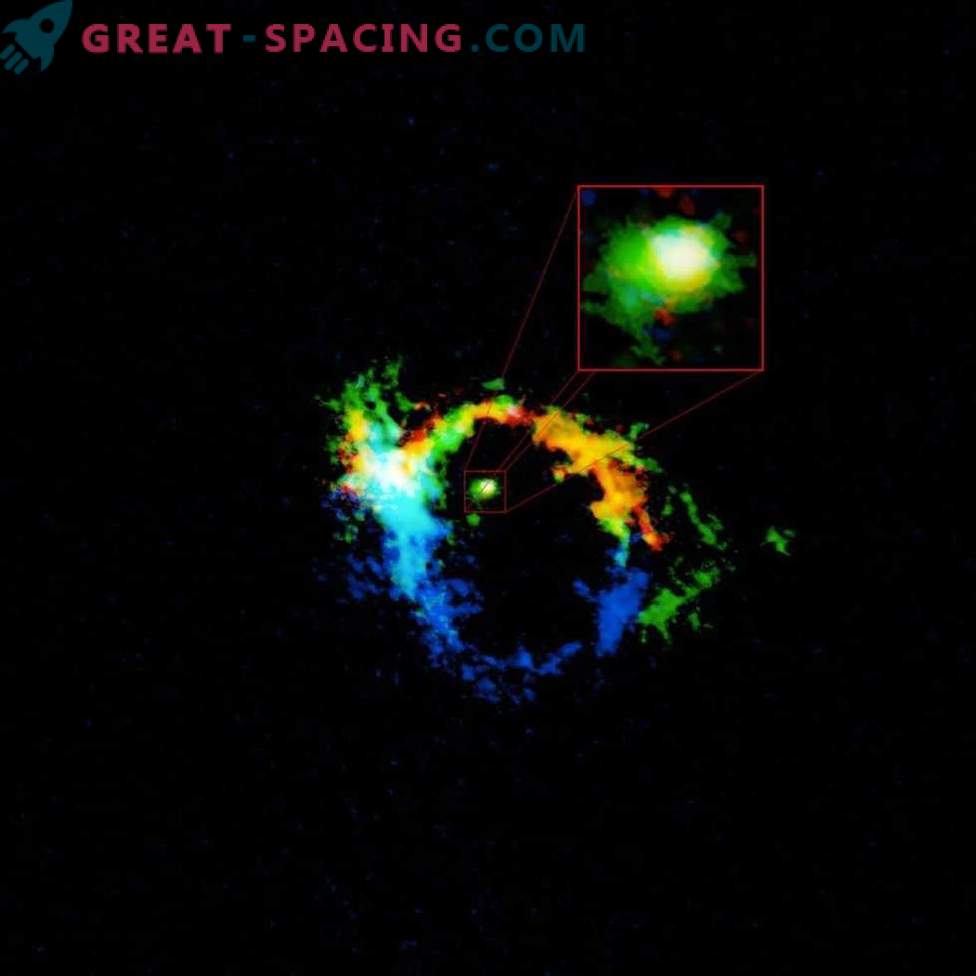
Image of the central region of the galaxy NGC 1068, made by ALMA
“Think of a black hole as an engine,” said astronomer Jack Gallimore of Bucknell University in Lewisburg, Pennsylvania. - “It is fed by the material falling into it from the flattened disk of dust and gas. But, like any engine, a black hole can also release exhaust gases. ”
Black holes consume matter that accretion disks have, rotating in the horizon of a black hole. The deepest part of the accretion disk is so hot that it generates X-ray and ultraviolet radiation. But then the disk is colder and emits infrared waves in the millimeter-wave length range. ALMA is very sensitive and allows the observatory to track the movement of gases in the outermost part of the accretion disk. While the following cold carbon monoxide clouds are located inside this cooled area of the accretion disk, the Gallimore team was able to see the clouds that were disconnecting from the disk. As they were ionized by the overheated part of the accretion disk, the clouds began to interact with the black hole's powerful magnetic field. Then, at high speed, the gas ejected from the accretion disk. And this speed was much greater than the rotational speed of the disk itself.
“These clouds move so fast that they reach the necessary 'escape speed' and are thrown overboard in the form of a cone-shaped sprayer on both sides of the disk,” said Gallimore. “With the help of ALMA, for the first time, we can examine the ejected gas that hides a black hole, rather than falling inside it.”
The vast majority of galaxies contain supermassive black holes. They have symbiotic relationships and, as is well known, strongly influence both galaxies as a whole and the rate of star formation. Thanks to such observatories as ALMA, we have every chance to capture the subtleties of this relationship.
